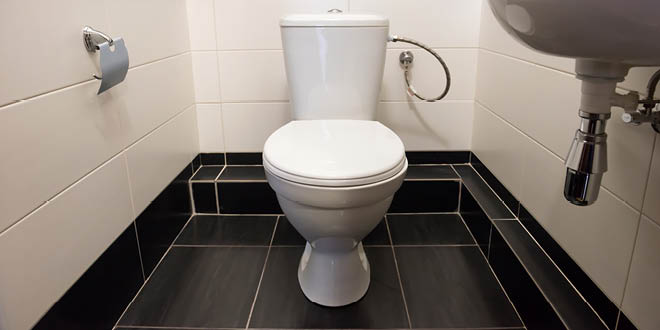

You should always put the toilet lid down when you flush
Every time you flush, a cloud of feces particles is propelled up into the air, potentially covering you and much of your bathroom.
This phenomenon is known as toilet plume. Each time you flush a toilet, the swirling water that flushes the waste from the bowl mixes with small particles of that waste, shooting feces particles into the air. This is less of a problem in newer low-flow toilets because they don't gush as forcefully as older models.
Philip Tierno is a microbiologist at New York University; according to him, toilet plumes can reach as high as 15 feet. A study published in the journal Applied Microbiology in 1975 (before low-flow toilets existed) showed that whatever ends up in your toilet can stay there long after you flush. The microbes remain on the bowl's porcelain surface after multiple flushes, only vanishing after they are scrubbed off. The scientists found that the toilet dispersed microbes such as bacteria and viruses far enough to settle on other bathroom surfaces, like the floor, the sink, and even, horrifyingly on your toothbrush!
This is more of a worry if you live in an older home with an old toilet, and if your toilet is inside your bathroom, rather than a separate room. Still, it’s good to be aware of the potential to spread germs and infections, particularly if you share a toilet with a lot of people, or someone in the house is ill.
Read more
Know someone who might benefit from this article? Share it!
Need Help?
1-888-75-LIVER
Monday to Friday, 9:00 am to 5:00 pm MST
100%
Satisfaction Guaranteed
If it’s faulty or wrongly described, we’ll replace it.










